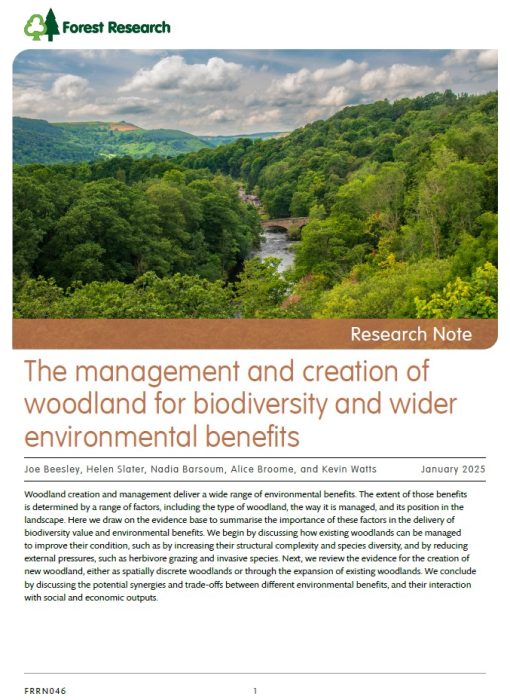Gillingham, P.K., Britton, R.J., Jones, G., Miller-Rushing, A., Stafford, R., and Slater, H.D. (2024). Climate change adaptation for biodiversity in protected areas: An overview of global actions. Biological Conservation, 289, 110375.
Slater, H. D., Gillingham, P. K., Pratt, V., Eaton, B., Fletcher, S., Abdullah, Supriadi, and Korstjens, A. H. (2023). Living on the edge: Forest edge effects on microclimate and terrestrial mammal activity in disturbed lowland forest in Sumatra, Indonesia. Oryx, 1-12.
Hankinson, E., Korstjens, A. H. K., Hill, R., Wich, S., Slater, H. D., Abdullah, Supriadi, Marsh, C., and Nijman, V. (2022). Effects of anthropogenic disturbance on group densities of Thomas’ langurs (Presbytis thomasi) within a lowland tropical forest, north Sumatra. Ecological Research.
Maggs, G., Slater, H. D., and McGowan, P. J. K. (2022). How can we increase capacity for species conservation in the Post-2020 Global Biodiversity Framework? Oryx, 56(3), 321-322.
Williams, K. A., Slater, H. D., Gillingham, P., and Korstjens, A. H., (2021). Environmental factors are stronger predictors of primate species’ distributions than basic biological traits. International Journal of Primatology, 42(3), 404-425.
Harrison, N. J., Hill, R. A., Alexander, C., Marsh, C. D., Nowak, M. G., Abdullah, A., Slater, H. D., and Korstjens, A. H., 2020. Sleeping trees and sleep-related behaviours of the siamang (Symphalangus syndactylus) in a tropical lowland rainforest, Sumatra, Indonesia. Primates, 1, 3.
Slater, H. D., and Abdullah, A., 2020. The importance of forests as microclimate refuges for mammals in Sumatra. In Journal of Physics: Conference Series (Vol. 1460, No. 1, p. 012051). IOP Publishing.
Bramer, I., Anderson, B., Bennie, J., Bladon, A., Frenne, P. de, Hemming, D., Hill, R. A., Kearney, M. R., Korner, C., Korstjens, A. H., Lenoir, J., Marsh, C. D., Morecroft, M. D., Slater, H. D., Suggitt, A. J., Zellweger, F., and Gillingham, P. K., 2018. Advances in Monitoring and Modelling Climate at Ecologically Relevant Scales. Advances in Ecological Research, 58, 101–161.
Korstjens, A. H., Slater, H. D., and Hankinson, E., 2018. Predicting African primate species’ responses to climate change. In: Primatology, Biocultural Diversity and Sustainable Development in Tropical Forests. Mexico City: UNESCO, 186–204.


